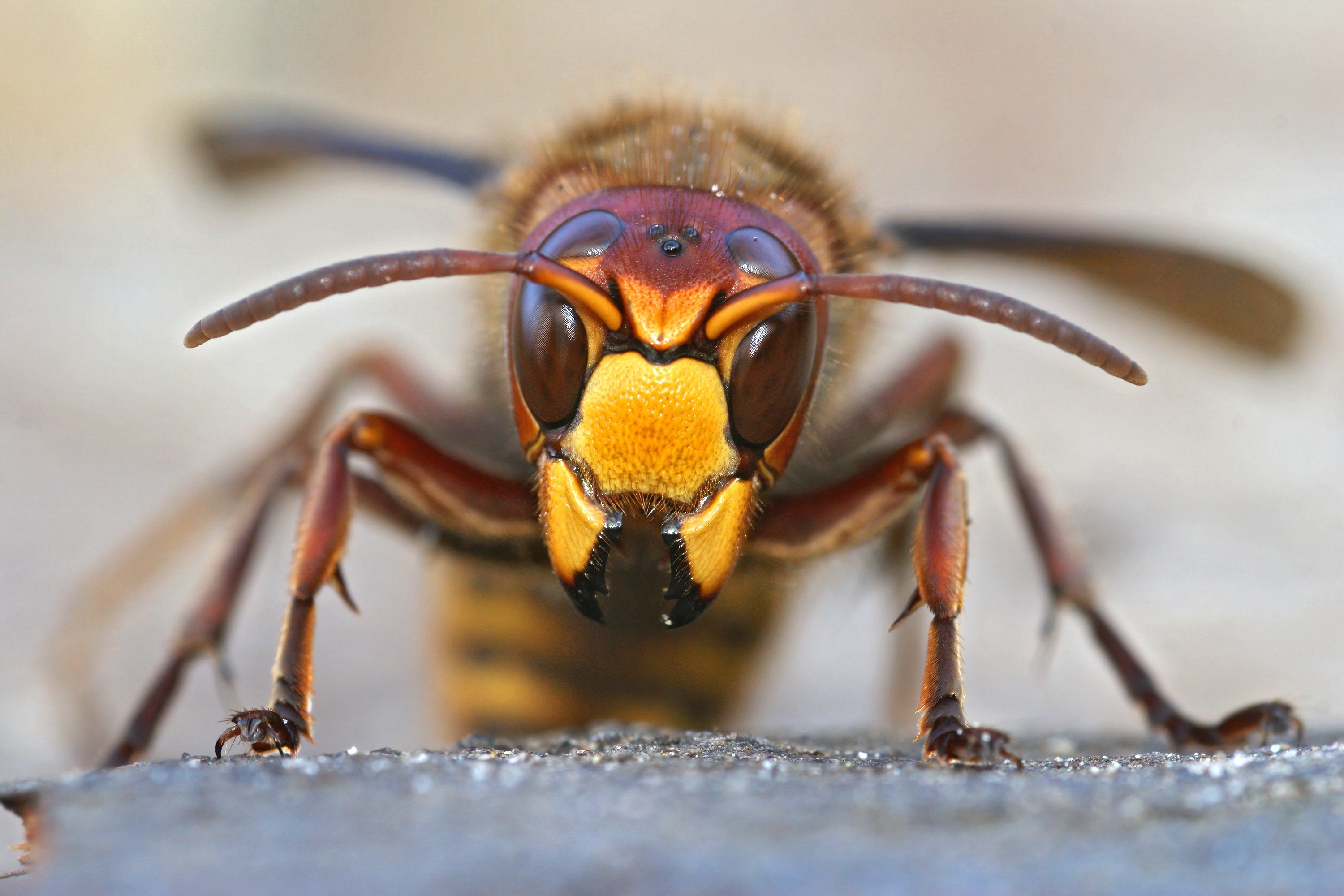How To Keep Hornets Away From Your Property

When home and business owners in NJ, PA, DE and the Eastern Shore of Maryland are shopping for a property, one of the things they’ll consider is the width of the yard. With enough land, you could have parties or gatherings for family and friends. Entrepreneurs could host special events to attract customers. The downside is that buzzing bugs might aggravate or worry guests.
Hornets and other stinging insects flourish in natural environments, so it’s not easy to keep them at bay. It would be wise to learn about local species, so you’ll have an idea about how to tackle them. Find out how you can block their invasions and what Viking Pest Control can do to help.
What Hornets Are Common in the Mid-Atlantic? What Problems Do Hornets Bring?
Bald-faced and European hornets are a dominant stinging insect in the region. The bald-faced subgroup aren’t true hornets, as they are more closely related to paper wasps and yellow jackets. Regarding their physical traits, they’re black with white facial markings. At 0.75 of an inch long, they are much bigger than most of their cohorts.
If your place is surrounded by abundant vegetation or has many sheltered spots, expect to encounter bald-faced hornets. Their queens will look for tree cavities and dense shrubbery to lay their eggs in while overwintering. Structural gaps and roof eaves will also be targeted. During their active season, these insects will build aerial nests. The gray and papery cocoons can be the size of a basketball. For food, bald-faced hornets will eat nectar, carrion, insects, and sweet liquids.
European hornets are also called brown or giant hornets. True to their alternate name, their elongated figures are about 0.75 to 5 inches long. They have pale faces and brown bodies decorated with yellow stripes along the stomach. Six legs outline their frames. If you see the workers in the colony, you have an infestation. Another indicator is discovering their nests near foundation voids, porches, and hollow trees. The cocoons might be brown and woody. European hornets can be busy at night and are drawn to lights.
Additional facts about these pests are:
- Four stages make up their life cycle: egg, larva, pupa, and adult.
- Their feeding and pollination habits bolster the ecosystem.
- Their stings result in skin inflammation, pain, and a possible allergic reaction. Medical assistance may be required since hornets can attack multiple times and cause intense bodily responses. Bald-faced hornets can emit mass quantities of venom and strike in droves.
How Can You Prevent Hornets?
By putting more thought into your exterior care methods, you can decrease the chances of hornets showing up by:
- Cutting the grass and trimming the greenery regularly. Fill ground holes and get rid of organic debris in the yard.
- Not overplanting flowers.
- Using plants with repellent properties, such as eucalyptus and citronella.
- Placing greenery two feet or more away from the property.
- Regularly wash out your vents and gutters.
- Putting trash in containers with airtight lids.
- Maintaining clean roof eaves and porches. Avoid leaving food on decks and patios.
- Contacting Viking Pest Control if you have critters that hornets could feast on.
What Can Viking Pest Do About Hornets?
A hornet’s nest may seem empty, but you could be taken by surprise by a lone bug. Don’t try your luck with retail sprays either. You might have an angry swarm coming at you. Depend on us at Viking Pest Control. Our expert technicians will use state of the art treatments fashioned to eliminate hornets. All of our solutions are safe and gentle on vegetation. Call us today at Viking Pest Control for a free quote!











